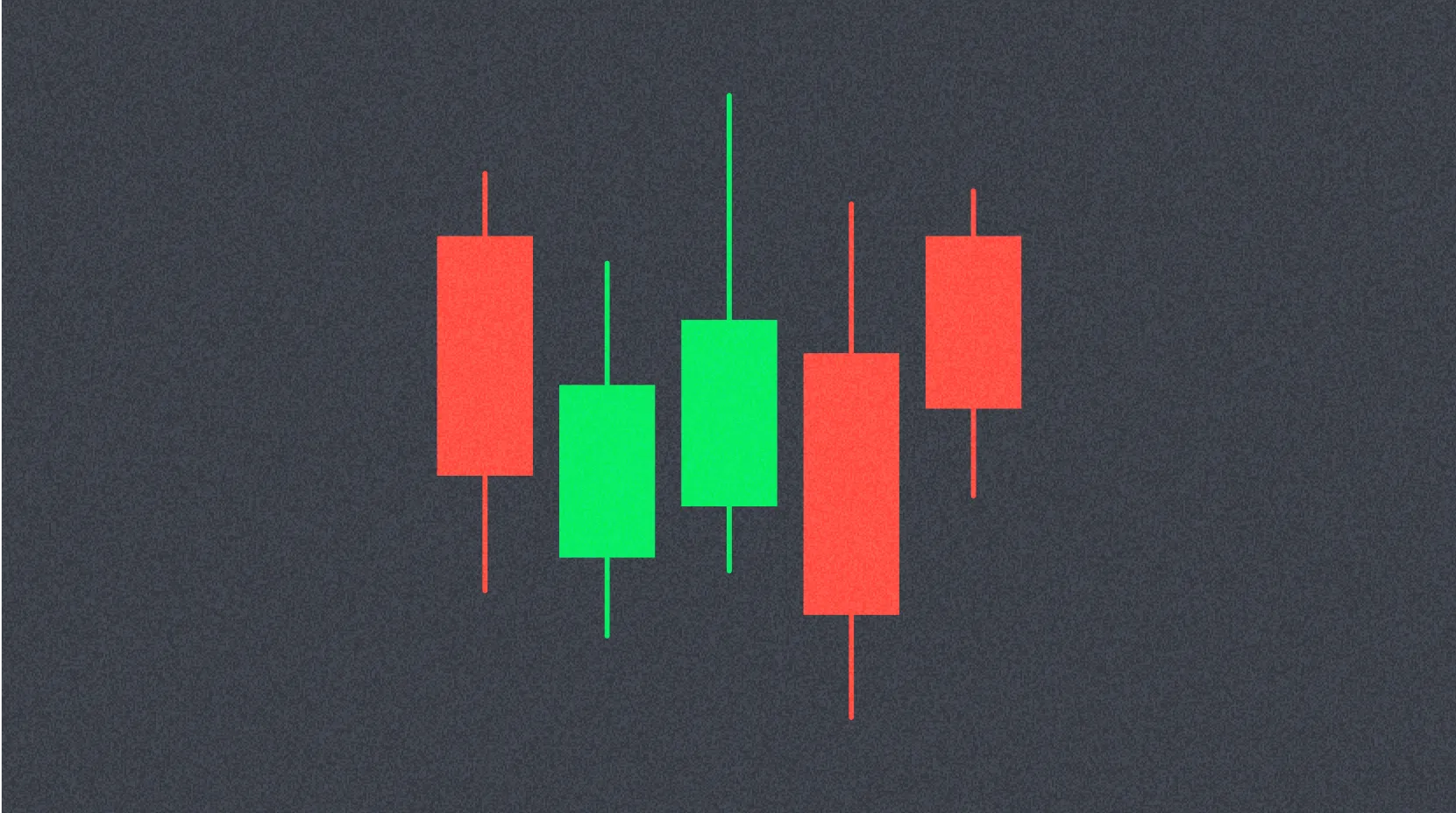Wei to ETH

Wei is the smallest unit of measurement in the Ethereum network, and converting Wei to ETH is a fundamental operation in the Ethereum ecosystem. In the Ethereum network, 1 ETH equals 10^18 Wei, a high-precision design that enables Ethereum to handle minute value exchanges. This conversion mechanism is crucial for understanding transaction costs, smart contract execution, and network economics, providing users with the ability to operate seamlessly across different orders of magnitude.
In terms of market impact, the conversion relationship between Wei and ETH forms the foundation of Ethereum's economic model. This precise unit conversion allows developers to design complex fee structures, such as microtransactions and precise gas calculations. Additionally, this granular pricing unit has facilitated more accurate pricing mechanisms in DeFi (Decentralized Finance) protocols, providing the necessary computational basis for liquidity pools, lending platforms, and automated market makers (AMMs).
However, there are challenges and risks associated with the conversion between Wei and ETH. First, ordinary users often struggle to intuitively understand the vast differences between these units, which can lead to conversion errors, especially when manually entering transaction amounts. Second, as the Ethereum network becomes congested and gas fees fluctuate, understanding and correctly calculating the conversion between Wei and ETH becomes more critical, as incorrect calculations may result in failed transactions or overpayment of fees. Additionally, smart contract developers who do not handle unit conversions correctly may introduce significant vulnerabilities in their contracts.
Looking ahead, Wei to ETH conversion will continue to play a core role in the Ethereum ecosystem. As Ethereum 2.0 is fully implemented and scaling solutions are widely adopted, the economic model of the network may adjust, but the concept of base measurement units is expected to remain stable. Furthermore, as more user-friendly interfaces are developed, the conversion process will become more transparent and automated, reducing the possibility of user errors. Meanwhile, with the proliferation of Layer 2 solutions, Wei to ETH conversion calculations will become more complex, as different layers may employ different gas calculation models.
In summary, Wei to ETH conversion is not just a simple mathematical operation but the foundation for understanding Ethereum's economic model. It affects everything from daily transactions to complex DeFi operations, enabling the Ethereum network to accommodate value exchanges ranging from minuscule to enormous. For Ethereum users and developers, mastering this fundamental conversion is a necessary condition for effective participation in network activities.
Share
Related Articles

What Is Ethereum 2.0? Understanding The Merge

Reflections on Ethereum Governance Following the 3074 Saga
